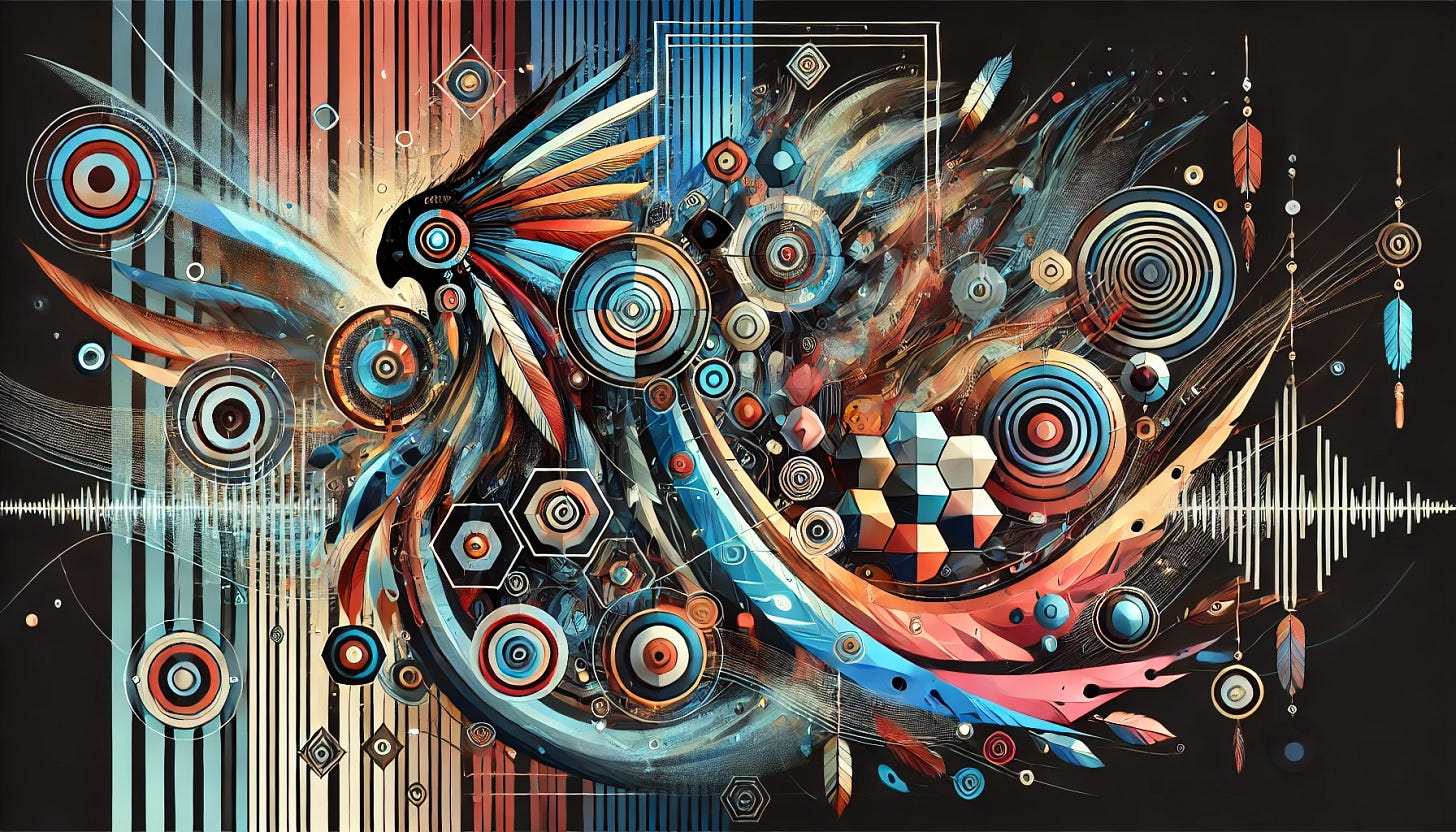Stepping into Reality: How Dual Gaussian Splatting is Revolutionizing Immersive Experiences
A new technique promises to transform virtual experiences with high-fidelity rendering and efficient data compression.
Imagine attending a live concert or a high-stakes sporting event—not merely watching from a screen, but virtually present within the venue, free to move and choose your perspective. Such immersive experiences, once confined to science fiction, are becoming increasingly plausible due to advancements in virtual reality technology. A recent development in this arena is Dual Gaussian Splatting (DualGS), a technique that could significantly enhance the realism and accessibility of virtual experiences.
The demand for three-dimensional content has surged alongside the rise of virtual and augmented reality. Yet creating dynamic, high-fidelity representations of human performances remains challenging. Traditional methods often require substantial computational resources and intricate manual processes. Building detailed 3D models is time-consuming, prone to errors such as mesh inconsistencies and texture noise, and results in large data sizes impractical for streaming or use on mobile devices.
DualGS addresses these challenges by introducing an innovative approach to motion capture and rendering. It employs two sets of Gaussian distributions: one for tracking overall movement (joint Gaussians) and another for capturing detailed appearance (skin Gaussians). By decoupling motion tracking from appearance rendering, the technique enhances accuracy and visual fidelity while substantially reducing data requirements.
A notable advantage of DualGS is its ability to maintain smooth and coherent visuals during complex and rapid motions—a common stumbling block for existing methods. The technique uses a coarse-to-fine optimization strategy, initially capturing general movements before refining details for high-quality rendering. This approach results in photorealistic videos that remain consistent even during challenging scenarios, such as intricate dance performances or fast-paced musical sequences.
Data compression is another critical area where DualGS makes significant strides. High-quality immersive videos typically generate enormous file sizes, impeding practicality for streaming or storage. DualGS effectively reduces the size of each frame to approximately 350 kilobytes—about 120 times smaller than conventional volumetric content. This efficiency is achieved through motion compression via entropy encoding and appearance compression using a persistent codebook.
The potential applications are extensive. Demonstrations include virtual concert experiences where users, equipped with VR headsets, can navigate around performing musicians in real time, observing from any angle. The system supports multiple performers and integrates with existing VR platforms, offering a level of interactivity and immersion previously unattainable.
Challenges remain, however. DualGS relies on accurate foreground segmentation to distinguish performers from backgrounds—a task complicated by fast-moving elements such as hair or fine objects. Additionally, although more efficient than traditional methods, the training process demands significant computational power.
Despite these limitations, DualGS represents a meaningful advancement in virtual reality technology. By enhancing the quality and efficiency of immersive content, it brings us closer to seamless integration between digital and physical realities. As computational capabilities advance and techniques are refined, the barriers to fully realizing such experiences are likely to diminish.
The advent of Dual Gaussian Splatting signals a shift in how we might engage with virtual spaces. Whether for entertainment, education, or professional applications, the ability to experience events as if physically present could redefine our interaction with digital content. The convergence of efficient data compression and high-fidelity rendering marks a significant step toward making immersive virtual experiences a commonplace reality.
For those interested in experiencing this editorial in audio format, it is also available as a podcast episode (listen here).



